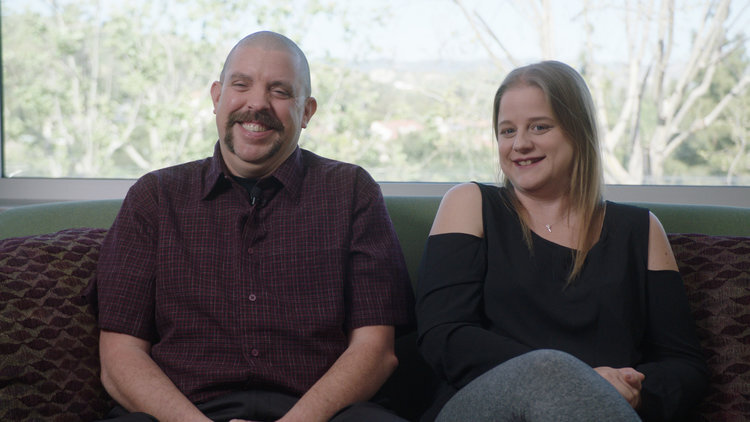“Life After” Animated Short Film
A hospital in California came to us with a problem: They had a story that they were itching to tell about one of their patients, but they didn't know how to make it into a good video.
Watch the Film: Life After
On paper it was a good story — a heart attack patient in their early 40s with a young wife, kids that almost lost Dad, heroics from the hospital’s medical team that kept him alive — but it’s a hard story to tell with video.
Imagine the Hollywood dramatization: Tense music, red ambulance lights flashing through windows of a suburban home. Dad is loaded on a gurney as his crying wife clings to his hand. His forlorn children are seen lined up on the curb through a receding ambulance window. At the hospital a handsome surgeon leads a well-trained medical team through action-movie-style shots to save the man’s life.
I knew the truth, "It’s melodrama. We’ve seen this story a thousand times."
I agreed to do a pre-interview with the patient and his wife, but my gut told me that this was going to be tough story to make into a good film.
To my surprise, their dynamic was playful and upbeat. They laughed, LAUGHED, as they told their story. Then they cried, only to lighten the mood and laugh again. These people were something special, and we had to find a way to tell their story with a different approach.
That pre-interview led us to the creative strategy for Life After.
Capturing the dynamic they had when the told the story together was critical. We scheduled 2-hour interview where we could film with both of them at the same time. It was less directed and more of a character piece — think StoryCorps, where the goal was to find out who they were as people.
Their story was laced with beautiful word-pictures like, “It felt like an elephant was sitting on my chest,” a visual that would have been impossible to recreate in a video.
From that moment forward, we didn’t record another second on camera. Instead, we recreated their experience with an animated documentary.
Animated documentaries are uncommon in the healthcare space. Maybe it’s because with animation it’s more difficult to maintain authenticity because you no longer see real people screen or the world they call home.
However, preserving the story’s authenticity was very important to the hospital’s creative team. So, the approach we took was using the real voices of the patient and his wife. Amazingly, none of their audio in the final edit was re-recorded or coached.
Being true to place was also important for the hospital. They’re based in a tight-knit community in Southern California that does not identify with the surrounding region of Los Angeles, Malibu, or Thousand Oaks. To maintain that connection to place we designed custom artwork that reflects the neighborhoods and landmarks that people from their town would recognize.
Why am I sharing all these behind-the-scenes details?
Because if you’re a healthcare marketer there’s good news! Your marketing doesn’t have to be overwrought, sterile, or corporate. It can be both authentic and fresh. However, getting there might mean leaving the safety and comfort of healthcare marketing’s “best practices.”
In my opinion, the creative team at the hospital, Adventist Health Simi Valley, deserves a big round of applause for their vision.







